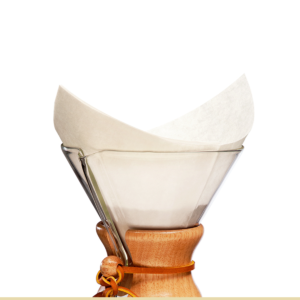What’s up Innovators?
Today, we’ll take a deep dive into one of the first and most important step in the Product Development which is the Identify Stage. What does it really mean to identify? Again, we are using a very simple framework at Hill Innovative Solutions. It has an acronym I-D-E-A:

Minimizing The Risks
We all know that in any business, there is always the risk of unexpected. As a project manager, you would want to manage these risks early on. And how do we do that? We manage the risks with the Identify stage where we gather as much information as possible—in as early as possible. We will want to gather as much data and minimize our risk as early as possible. Now, that doesn’t mean that things aren’t going to change or we’re not going to change our mind along the way. We will, we absolutely will because that’s the beauty of the product development process and the iterative design process which is what we practice at Hill Innovative Solutions. But if you have any expectations of having a product launch on time, within a reasonable budget, then you need to find ways to manage your risk and the way that we do that is we do our best to identify as much as possible.
Why Customer Feedback Is Important
As a business, you cannot just ignore your customers. You may know your product well, but your customers are the ones who know it better. They know what it lacks and they know how they want to see you present it. Take that as a direct feedback. A direct identification and direct reflection of your product that you will need to find ways to improve. This is where you kind of start basically—ask your customers! By consulting with them, you are able to meet their expectations. Try to mix what your customers are saying to what technology is coming and what technology advances.
Filter The Problem

Knowing and understanding your customers’ needs is the center of every successful business. You can learn a great deal about your customers by understanding what they are saying to you. Identify their true problem using some of these filters:
— Look at your reviews. You will be surprise at how some of your customers can very honest and open about the experience they had from your product.
— Ask for help. A good start would be to ask questions. Use open-ended follow-up questions to their answers—who, what, when, where, how, and why.
— Constantly think about your customers’ future needs. Don’t be afraid to ask current customers what’s on their wish list, and what they see as future needs in their areas.
I’ve got this problem, I am going to find a solution!
Listening is the first step in solving your customer’s problems. Take these problems as an opportunity for you to learn and improve, instead of just addressing it as an issue. In fact, your customers’ expectations and needs can–and should–help drive your business’s innovation. Begin to look at what’s technically available and define what it is that will really solve the problem. This will ultimately lead to real change and improvement within your company.
Join me again next time as we discuss about Product Specification. Now that we’ve learned how to identify the problem, next step would be to figure out how to specify the product that’s going to resolve it.
If you’re looking for Free Product Development Tools or Free Webinars on how to dive deeper into the New Product Development Process that we’re working through, head on at https://bigrocksengineering.com/product-development-tools.
Watch it on video: https://www.youtube.com/watch?v=V7WzrEMWx1w
About Mike Hill
An experienced General Manager with a demonstrated history of working in the manufacturing and consumer services industry. Strong engineering and operations professional skilled in Budgeting, Manufacturing, Continuous Improvement, Product Development and Engineering.
Learn and Understand Product Development Process:
https://www.youtube.com/channel/UCBK-AbAtnDV6xooo8pyaftA/videos
Discuss Your Project?
mhill@bigrocksengineering.com
(314) 649-0610
Follow us everywhere!





Pingback: Product Development Specification | Hill Innovative Solutions